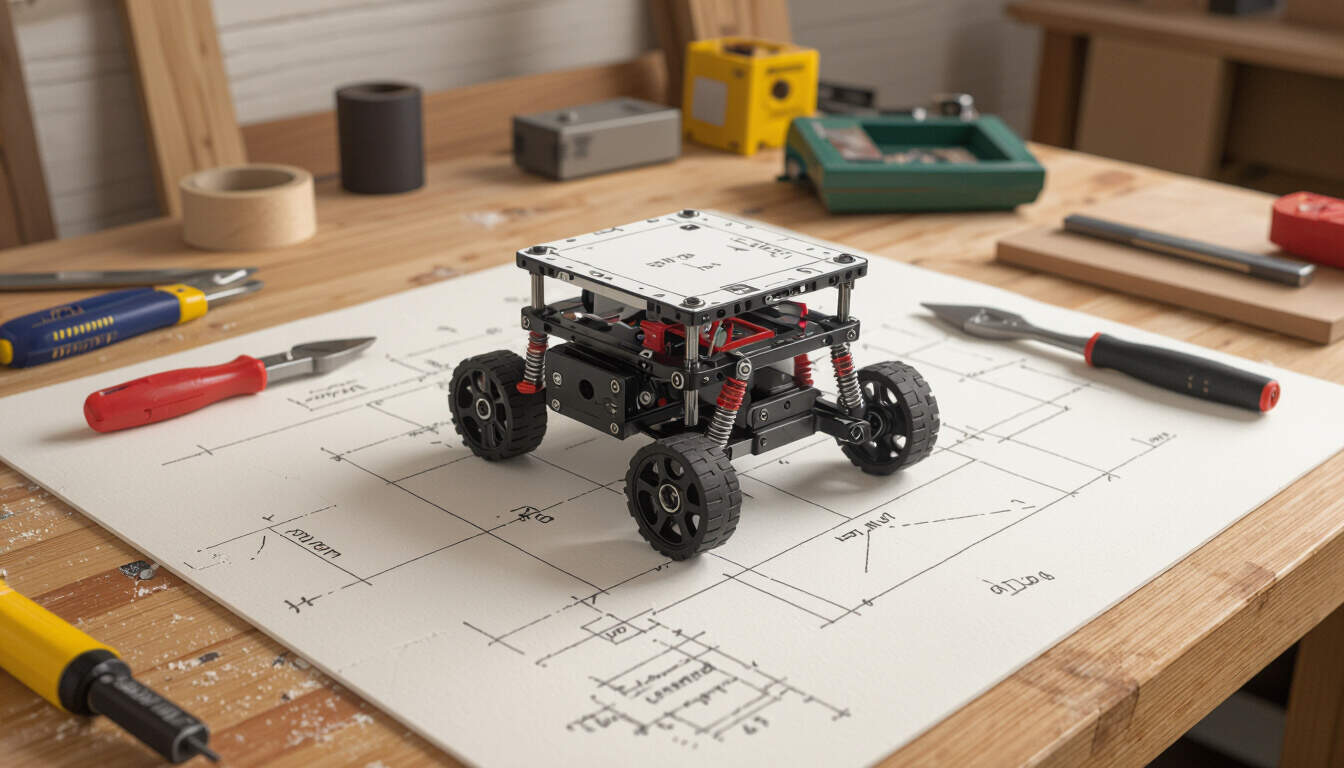The Minimum Viable Product as a Practical Mental Model
 by Marlene Keeling
by Marlene Keeling
The Minimum Viable Product concept offers a strategic way to test ideas with minimal resources, fostering smarter decisions in business and personal growth. By focusing on essentials, it helps avoid overinvestment and promotes continuous learning through real-world feedback.

The concept of the Minimum Viable Product has become a cornerstone in modern approaches to innovation and problem-solving. This mental model emphasizes creating a basic version of a product or idea that includes only the core features necessary to gather user feedback and validate assumptions early.
In its essence, the Minimum Viable Product serves as a tool for efficient experimentation. It allows creators to move forward with limited resources while maximizing learning opportunities. For instance, in product development, this approach means building a simple prototype that addresses the primary need, rather than a fully polished version.
One key advantage of adopting this mental model lies in its ability to reduce risks. By testing ideas on a small scale, individuals and teams can identify flaws or unmet needs before committing significant time and effort. This method draws from principles in psychology, where iterative processes help build cognitive flexibility and adaptability.
To apply the Minimum Viable Product effectively, consider starting with a clear definition of success. What specific outcomes are you aiming for? Once defined, outline the essential elements required to achieve those outcomes. For example, in business strategy, an entrepreneur might launch a basic app version to a select group of users, using their responses to refine the product.
Benefits in Business and Beyond
In professional settings, the Minimum Viable Product aligns well with strategies for growth. It encourages a focus on value delivery, ensuring that resources are allocated wisely. Companies often use this model to enter markets quickly, gaining a competitive edge through rapid iteration.
Beyond business, this mental model extends to personal development. Individuals can apply it to habits or skills, such as trying a simplified version of a new routine to see if it sticks. This practice supports cognitive development by promoting a mindset of continuous improvement and resilience.
Real-world examples illustrate its practicality. A startup might release a core software feature to early adopters, collecting data on usage patterns. This feedback loop helps in making informed adjustments, turning potential failures into valuable insights.
Practical Steps for Implementation
When incorporating the Minimum Viable Product into daily practices, follow these steps:
- Identify the core problem you want to solve.
- List the minimum features needed to address it.
- Develop a basic version quickly.
- Test it with a small audience.
- Analyze results and iterate.
This structured process not only saves time but also enhances decision-making skills. In psychology, such methods foster better problem-solving abilities by encouraging evidence-based adjustments.
For lifelong learners, the Minimum Viable Product offers a way to experiment with new ideas without overwhelming commitment. Whether it's testing a study technique or a creative project, starting small builds confidence and reduces the fear of failure.
In cognitive terms, this model trains the brain to prioritize essentials, leading to more efficient thinking patterns. Over time, it can transform how one approaches challenges, making innovation a more accessible and rewarding process.
Challenges and Considerations
While beneficial, implementing the Minimum Viable Product is not without hurdles. One common issue is determining what qualifies as 'minimum.' This requires balancing simplicity with effectiveness to ensure the product provides meaningful insights.
Another consideration is gathering honest feedback. Without proper methods, responses might be biased or unrepresentative. To counter this, use diverse sources and objective metrics to evaluate results.
Despite these challenges, the overall impact on personal and professional growth is significant. By embracing this mental model, individuals can cultivate a more strategic approach to life's endeavors.
In summary, the Minimum Viable Product stands as a versatile tool for anyone interested in smarter, more efficient ways of working. Its principles encourage a cycle of testing, learning, and improving, which is essential for both business strategies and cognitive development.
